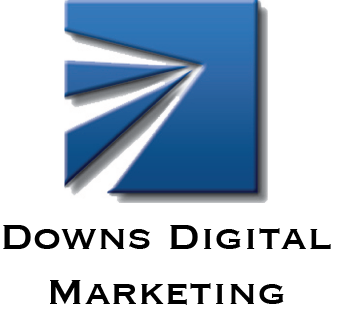Companies use social media, referral networks, and other web marketing platforms to drive website clicks. Most of these marketing activities cost money, while some do not. Together, they make up a company’s marketing mix, which is not set in stone and changes over time because anything measured can be improved. It is not unusual for a company’s marketing mix to be very different three years later. Since Google replaced Yellow Pages, business-to-consumer companies have competed online for new customers. Why? The most popular websites get the most clicks, and this web traffic can convert into leads and jobs. Companies that get the most organic traffic in their target markets obtain more leads than their competitors, making them more recession-proof and smoothing out any seasonality in their business.
Return on Investment (ROI)
Web-savvy companies know their marketing spend’s return on investment (ROI). They calculate the ROI of each marketing activity by dividing revenue by the cost for each media buy. Five to one means that every dollar spent on a marketing activity generates $5 in new business. Over time, they cull the less effective marketing buys and invest more in marketing activities that best generate sales revenues. That way, they get the most out of their marketing investment each year.
Sales By Lead Source Tracking
To calculate marketing ROIs, the sales of each lead source need to be tracked, which is called “sales by lead source” by some customer relationship management (CRM) software applications. Tracking can be a homegrown process using spreadsheets, adding a custom field in Quickbooks, or a CRM application. Some CRMs are industry-specific. For example, Arbor Gold is popular with tree companies, while some plumbers use FieldEdge. Many remodelers and construction companies use Buildertrend. Companies use these systems to follow up on leads and manage customer relationships. If they do not, the leads can go to waste.
Below is a list of information companies want to capture in the lead tracking efforts.
- Date of Lead
- Name
- Email Address
- Cell Phone
- Type of Service Requested
- Lead Source – Sample list, not complete
a. Google
b. Website (when someone fills out a form)
c. Yelp
d. Facebook
e. Nextdoor
f. LinkedIn
g. Printed Advertising
h. TV
i. Radio - Job Amount
They add job amounts once the work is completed and billed. Companies pull costs from credit card statements, Quickbooks, and vendor invoices. Below are some CRMs reviewed in PC Magazine. Downs Digital can help clients set up CRMs
Pipedrive
Facebook’s Meta Lead Tracking function uses a lead tracking dashboard similar to Pipedrive to manage leads. Pipedrive allows users to enter a source for each lead, enabling them to manually specify where a lead originated from when adding new leads to the system. The application manages the lead process from intake to job close.
$15 to $34 Per User Per Month, Billed Annually
Zoho CRM
Zoho CRM has led the customer relationship management (CRM) category for several years. It’s one of the best-known brands for small to midsize businesses, and its features rival those found in most enterprise-grade CRMs (with the exception of behemoth platform products like Salesforce). Zoho has a steep learning curve because it is feature-rich.
$24 to $40 Per User Per Month, Billed Annually
Justifying a significant online investment becomes easier when owners see sales generated from web leads. Just from experience, companies that do not track leads cannot calculate the value of their web marketing efforts. Instead, they focus on costs, and their attempt to build a web presence usually falters. Downs Digital is available to sit down with company owners and discuss how to get more online business. We can also help companies implement a CRM. Call us at 303-748-5851 or fill out a request service form at downsdigitalmarketing.com. We are at your service.

